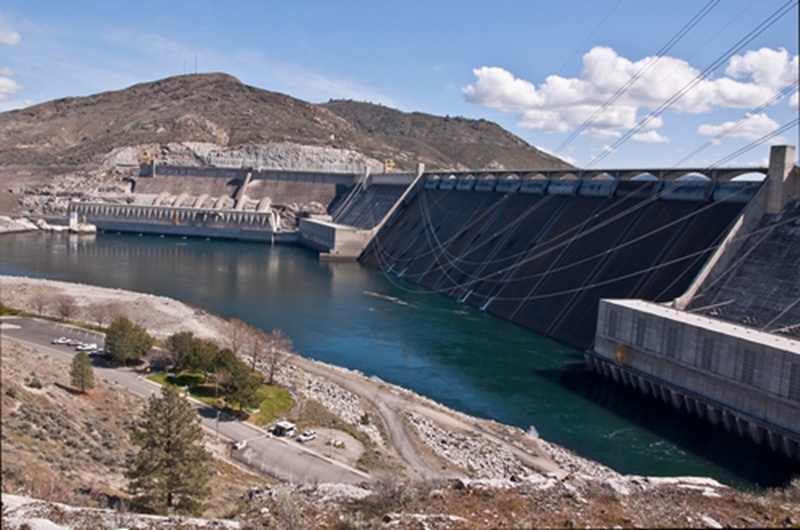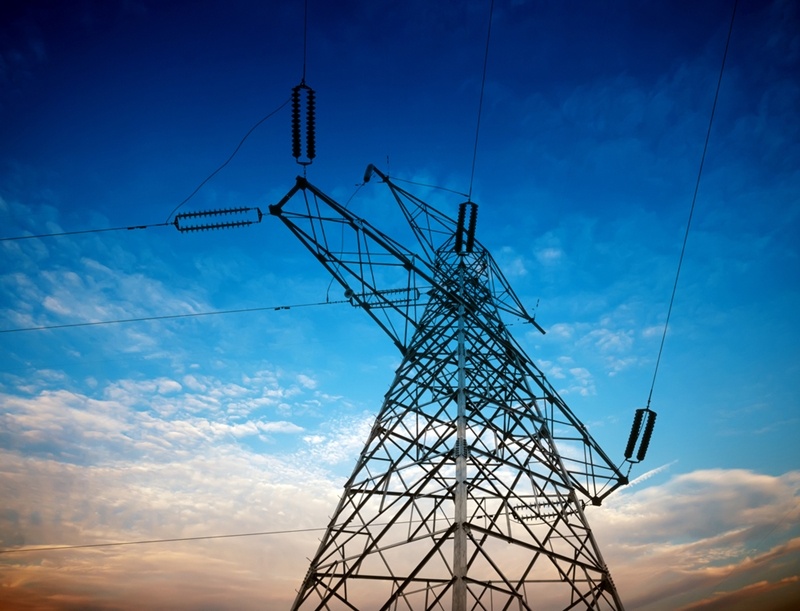Gigantic bill package opens up conversation about the future of American energy
Alaska Senator Lisa Murkowski has big plans for the U.S. power grid. As chair of the Senate Energy and Natural Resources Committee, Murkowski rolled out an extensive multi-bill agenda this week for modernizing the energy industry. These 17 bills, however, are an introduction to an even larger energy bill she'll be crafting this year along with senators on both sides of the aisle. According to E&E Daily, the Natural Resources Committee will hear 22 different proposals for the next step.
Most of what this bill package offers lays the groundwork for major energy reform down the road. A number of the components set in motion information initiatives to direct future legislation. However, not only does the nature of what's being collected forecast where the Committee will focus its attention later this year, but certain aspects get the ball rolling on immediate improvements. What kind of changes to generation and distribution are in store with this most recent round of bills?
"Energy could become an interagency issue."
Generation
The Continuity of Electric Capacity Resources Act targets decreased construction of generation infrastructure. According to the U.S. Energy Information Administration, low projected rates for new generation over the next 25 years could mean an unbalanced give and take of supply and demand. Though the organization also states residential and transportation consumption will slow to a halt in the next few years, the industrial and commercial sector will still see gradual gains over the duration. Resources once relied upon for their baseload constancy - like nuclear - have been subject to government regulation and taxation, leaving them unable to meet rising consumption rates in the most energy-dependent sectors, especially during times of peak demand.
If passed, this bill would allow regional transmission organizations and the Federal Energy Regulatory Commission to work together to address this issue with a series of data collection and reports. Additionally, in emergency demand situations, an order handed down by the Secretary of Energy to keep generators operating past their environmental permit without subsequent penalty or fine. Other measures like the Hydropower Improvement Act will work toward strengthening renewable energy generation by establishing strict scheduling guidelines. According to the Committee's brief, hydropower already provides energy to 30 million Americans. However, long relicensing periods could compromise approximately 16,000 megawatts of capacity.
 These bills are just the first step for the Energy and Natural Resources Committee.
These bills are just the first step for the Energy and Natural Resources Committee.
Distribution
Bolstering the Department of Energy's recently released Quadrennial Energy Review, the Energy Distribution Act of 2015 seeks to build off the extensive data collected within the report. Adoption of an integrated grid model leaves the energy sector vulnerable to a host of new threats. If brought into law, energy could become an interagency issue, which will require the training of personnel outside the DOE. This bill also authorizes a coordinated effort to standardize energy industry terms between the U.S., Mexico and Canada and establish a transparent flow of pertinent data between all three.
Another distribution bill, Interconnecting Distributed Resources and Examining Net Metering, hopes to clarify the role net metering plays at the end-user level. This measure encourages state utilities to begin compiling data on the ramifications of bidirectional energy flow, including what peripheral resources these organizations require to operate such a service on antiquated infrastructure. Additionally, net metering programs will come under purview. These initiatives allow and incentivize ratepayers with renewable energy installations like solar panels to send electricity back into the grid. Third-party retailers and utilities argue net metering puts the onus on nonparticipating ratepayers to shoulder infrastructure investment for the participants. Passage into law would mean state utilities could account for both groups to decide whether net metering clients are given unjust, preferential treatment.
This content is property of ESCO Advisors and all reproductions must reference and link back to the ESCO Advisors website.
Share this
You May Also Like
These Related Stories

The dream of a hydropowered grid

DOE report highlights struggles crippling U.S. energy grid


